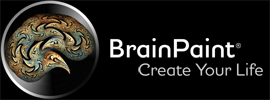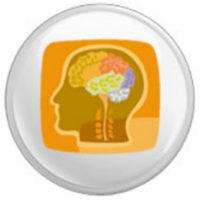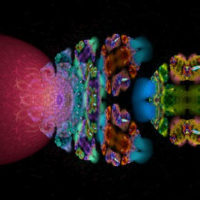- Bill wanted the system to be easy-to-use so not just engineers or technically savvy people would be comfortable using it.
- He wanted to automate every manual instruction he taught over the course of a week in his class.
- He wanted to automate protocols from evidence-based studies, however, also have the system be infinitely customizable.
- He wanted to automate the symptom-based decision tree, and thresholding so that neurofeedback would be more suitable for clinical and institutional settings.
- He wanted an automated progress tracking tool that would minimize or eliminate side effects.
- He wanted to create an automated alpha-theta tool so that practitioners would feel more comfortable using this very valuable protocol.
- He wanted the system to be reliable with minimal downtime time due to technical support issues.
- He wanted to give more information to the brain, in addition to, the traditional variables of amplitude and frequency. Specifically, the shape of the instantaneous frequencies or the complexity of the waveform that exist in the EEG.
Bill succeeded in putting everything that was on his “wish list” in BrainPaint®, and frequently adds more features to the software.


